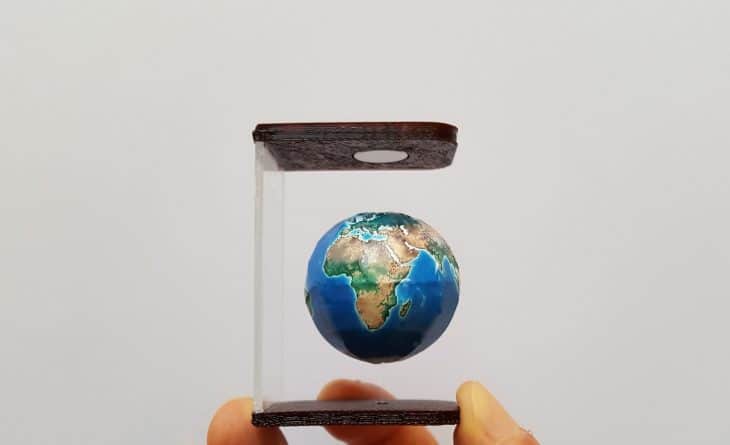
What do we know about gravity aside from the fact that all things fall at a speed of 9.8 m/s²? These gravity facts will tell you all about what this force does for us, as well as what will happen without it.
- Gravity is the force that attracts planets, bodies, and elements towards each other.
- It is a natural phenomenon that applies to anything with mass and energy.
- Gravity only pulls – it never repels.
- Gravity is weaker the farther an object is.
- Gravity is measured in G-force (gravitational force).
- Gravity originated from the Latin gravis (heavy).
- Gravity is far weaker than the other three fundamental forces (electromagnetic force, strong force, and weak force).
- The higher something is, the greater its gravitational potential energy.
- Archimedes first discovered the center of gravity of a triangle.
- Arabhyata of ancient India first described an “attractive force” that keeps objects on Earth as it rotates.
- Larger masses are subject to greater gravity.
- All objects fall at the same time. Acceleration due to gravity is 9.8 m/s2
- Gravity bends light.
- To leave Earth’s gravitational pull behind, an object must travel 7 miles per second.
- At the center of the Earth, you would feel weightless.
- Newton was not hit in the head by an apple – he simply observed an apple falling from a tree.
- Fish have calcium deposits or stones in their heads that tell them which way is up through feeling gravity’s pull.
- Gravity makes oceans bulge.
- The lack of gravity in space makes astronauts grow 2 inches.
- However, once they come back, the Earth’s gravity will compress their ligaments and undo this growth.
Gravity Facts Infographics

Scientists weigh planets through its gravitational pull.
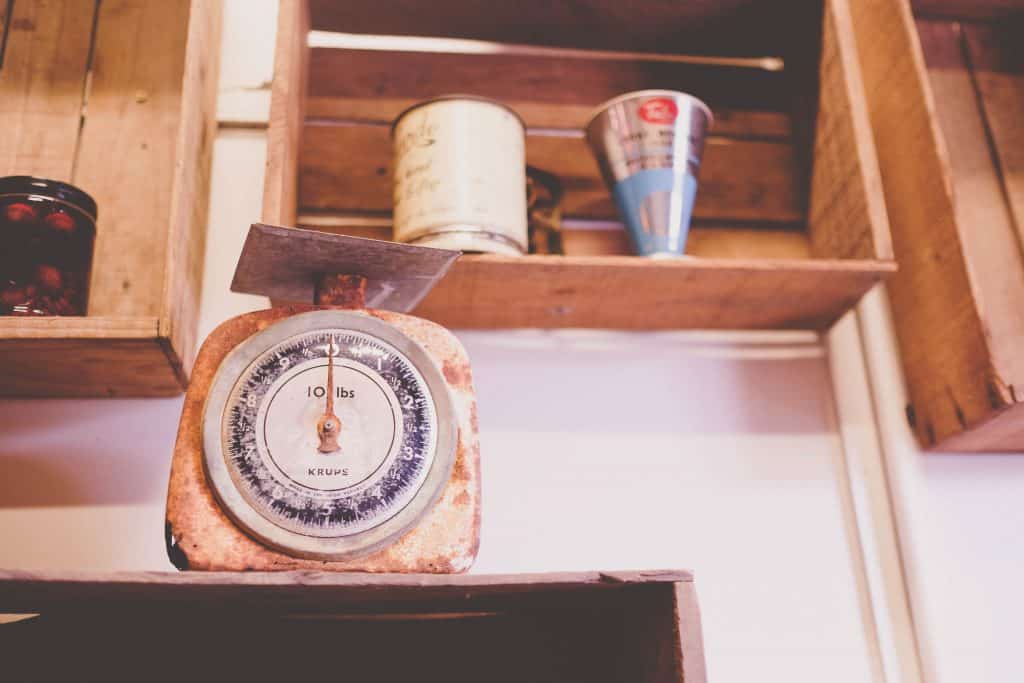
You may wonder how we have all these measurements for planets when it seems impossible to measure objects in space , much less objects as massive as the planets. However, things changed with Lord Henry Cavendish’s experiment in 1797. Through his findings, scientists now calculate a planet’s weight by the time it takes for objects to orbit the planet and the distance of those objects from the planet.
Cavendish set up an experiment with two 150 kg lead balls (planets) and two smaller spheres (moons). He measured the gravitational pull between these elements. Through his experiment, Cavendish discovered the missing piece of Newton’s gravitational puzzle, which was the value of G – the amount that relates the gravitational force between two bodies to their masses and distance. With the new value of G, Cavendish was also the first man to attempt weighing a planet. He used Newton’s equation with the value of G to calculated that the Earth’s mass is six billion trillion tonnes.
Gravity is weaker than a fridge magnet.

When you stick a dime-sized magnet on a fridge, it has enough electromagnetic force to overcome the Earth’s gravity and stick to it.
Gravity and weight are not the same.
One of the overlooked gravity facts: Although the force of gravity in space is 90% percent of the force an astronaut experiences on Earth, astronauts don’t have weight in space. Weight is the force we feel on a surface (like on a chair or a bed). Therefore, astronauts are weightless in space.
Galileo Galilei proved that gravitational acceleration is constant through the... Tower of Pisa?
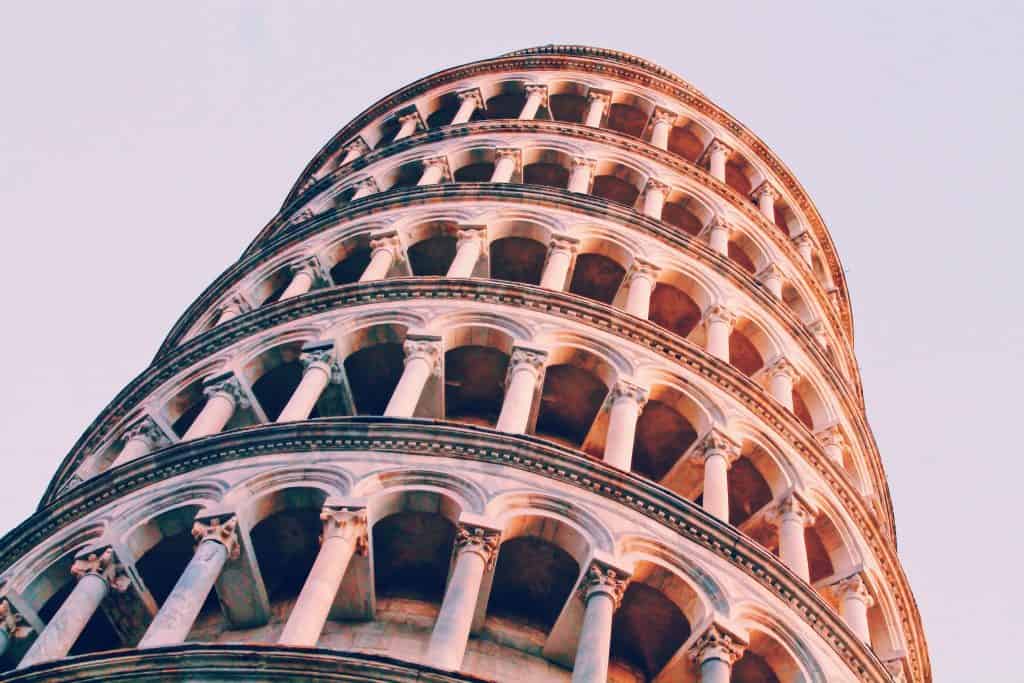
In the 14th century, the Italian scientist Galileo Galilei dropped two spheres with different masses from the Leaning Tower of Pisa. He did this to demonstrate how their time of descent was not affected by their mass, and fell at the same time.
According to Galileo’s student Viviani, Galileo discovered that the objects fell with the same acceleration. With that, he disproved Aristotle’s earlier theory of acceleration due to gravity, which states that objects fall at speeds according to their mass.
Your weight changes when you accelerate.

You strain when you run because the Earth’s gravity is pulling you toward its core, but the ground you are running on pushes up and matches this force exactly.
This interplay of force is what makes you feel heavy. When you accelerate to the peak of a roller coaster, the chair pushes harder against your body, opposing the force of gravity and making you feel heavier. However, once the coaster starts to accelerate down, your body feels lighter. This is why you feel momentarily weightless before descending. These indirect fluctuations in weight are known as ‘g-force’.
Some bacteria grow better in microgravity.
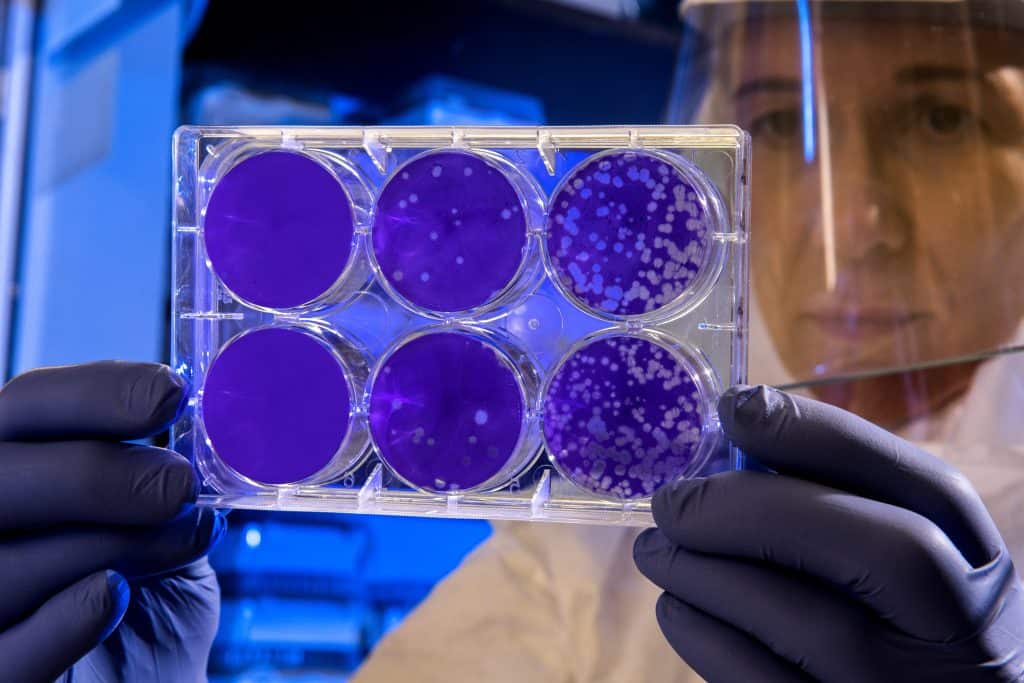
For intriguing gravity facts: Bacteria grown in a NASA Space Shuttle stuck together in shapes never seen on the ground and managed to survive in much higher densities. This is completely different behavior from identical bacteria on Earth.
Dark energy works against gravity.

Gravity is a weak force, and it isn’t powerful enough to hold the entire universe together. From the Big Bang, the universe has been expanding. The pull of gravity in the universe is being opposed by dark energy. Gravity is only strong over short distances, but dark energy is thought to be distributed evenly, which accelerates the expansion of the universe – and prevents gravity from pulling everything back together.
The range of gravity is infinite.
Gravity might be the weakest of the four fundamental forces, but has unlimited range. Its strength decreases rapidly as objects move farther apart, but its reach is theoretically infinite.
Spinning motions create artificial gravity.

On a spinning fair ride, the outer walls provide an inward center-seeking force that keeps riders moving in a circle. This feeling of constant momentum is called centripetal force, and the effect feels just like gravity.
You weigh almost three times less on Mars than your weight on Earth.
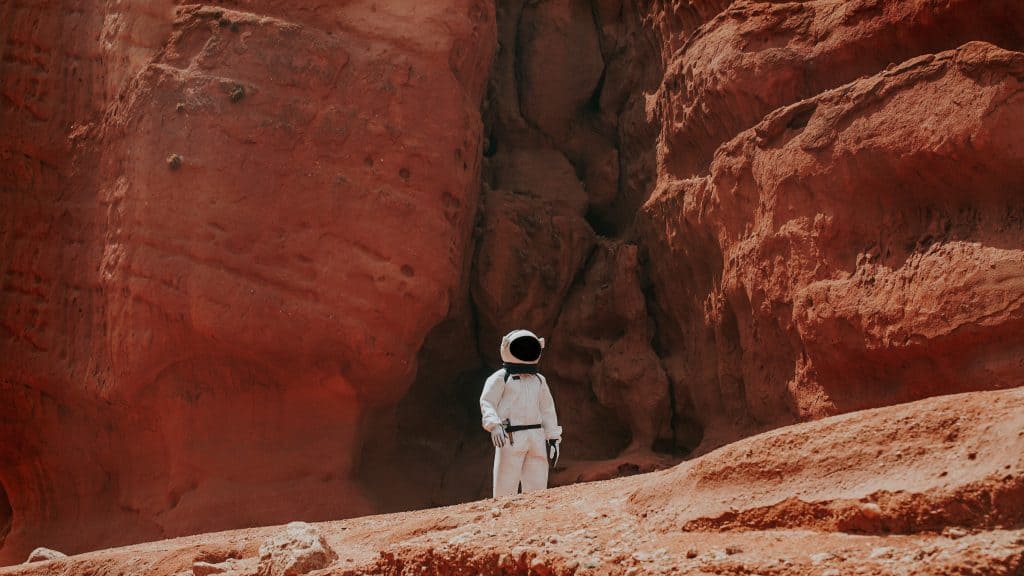
All of the atoms that make up your body are a fixed amount, and as such, mass is a fixed property. Whether you are on Earth, in space, or standing on the Moon, your mass stays the same. However, the gravitational pull of other planets are not the same as the Earth’s. As such, your mass would be the same, but your weight will be different.
Astronauts prepare for space in planes.
Next to outer space, the sky is the closest thing we have to defying gravity. Planes perform a parabolic arc (a swift up-and-down motion) to induce a brief period of weightlessness, which allows astronauts to train for space travel.
Without gravity, the solar system will collapse.
Without gravity, the planets and moons would cease to orbit their parent bodies and drift away in a straight line.
For the sun, however, it suffers a graver fate: without gravity in the solar system, the sun would explode in minutes.
The sun is under constant pressure. It is so massive that gravity compresses its core, which heats up enough to burn hydrogen. The pressure from gravity and radiation puts the sun in equilibrium.
Without gravity, there will be no force to hold back the intense pressure building in the at the sun’s core. The sudden loss of gravity will throw off the sun’s chemical reactions and cause it to expel extremely hot gas across the solar system.
Was this page helpful?
Our commitment to delivering trustworthy and engaging content is at the heart of what we do. Each fact on our site is contributed by real users like you, bringing a wealth of diverse insights and information. To ensure the highest standards of accuracy and reliability, our dedicated editors meticulously review each submission. This process guarantees that the facts we share are not only fascinating but also credible. Trust in our commitment to quality and authenticity as you explore and learn with us.
